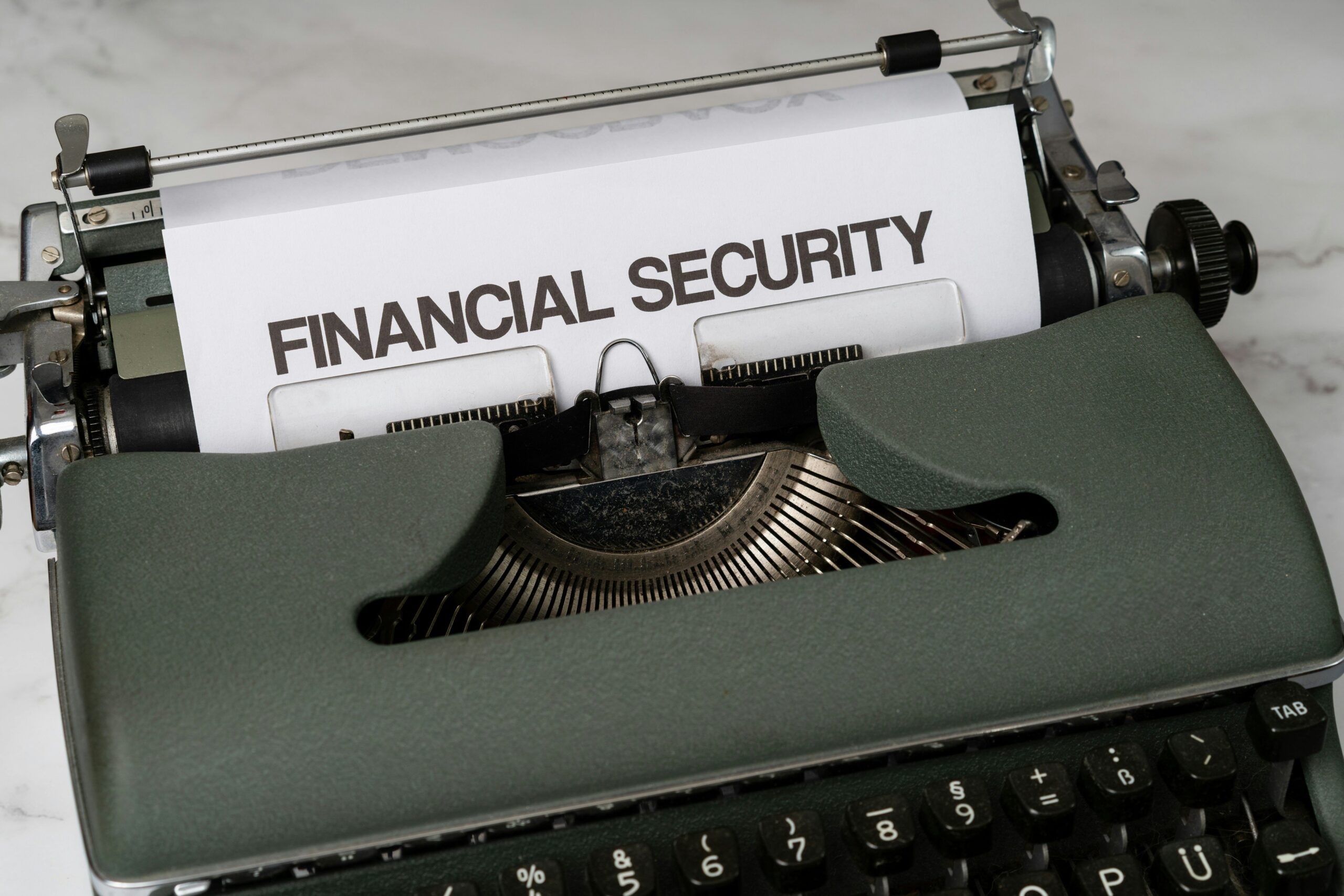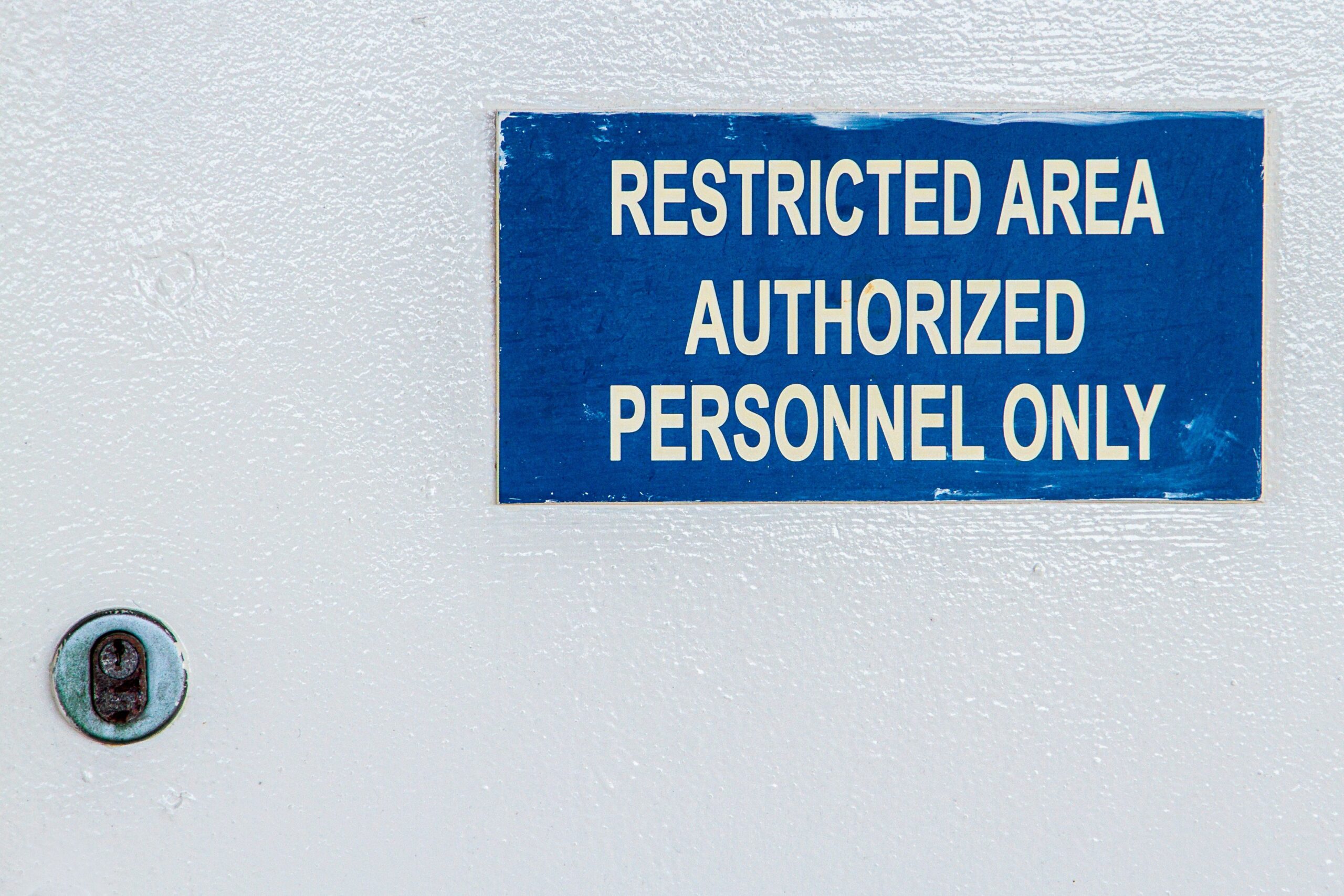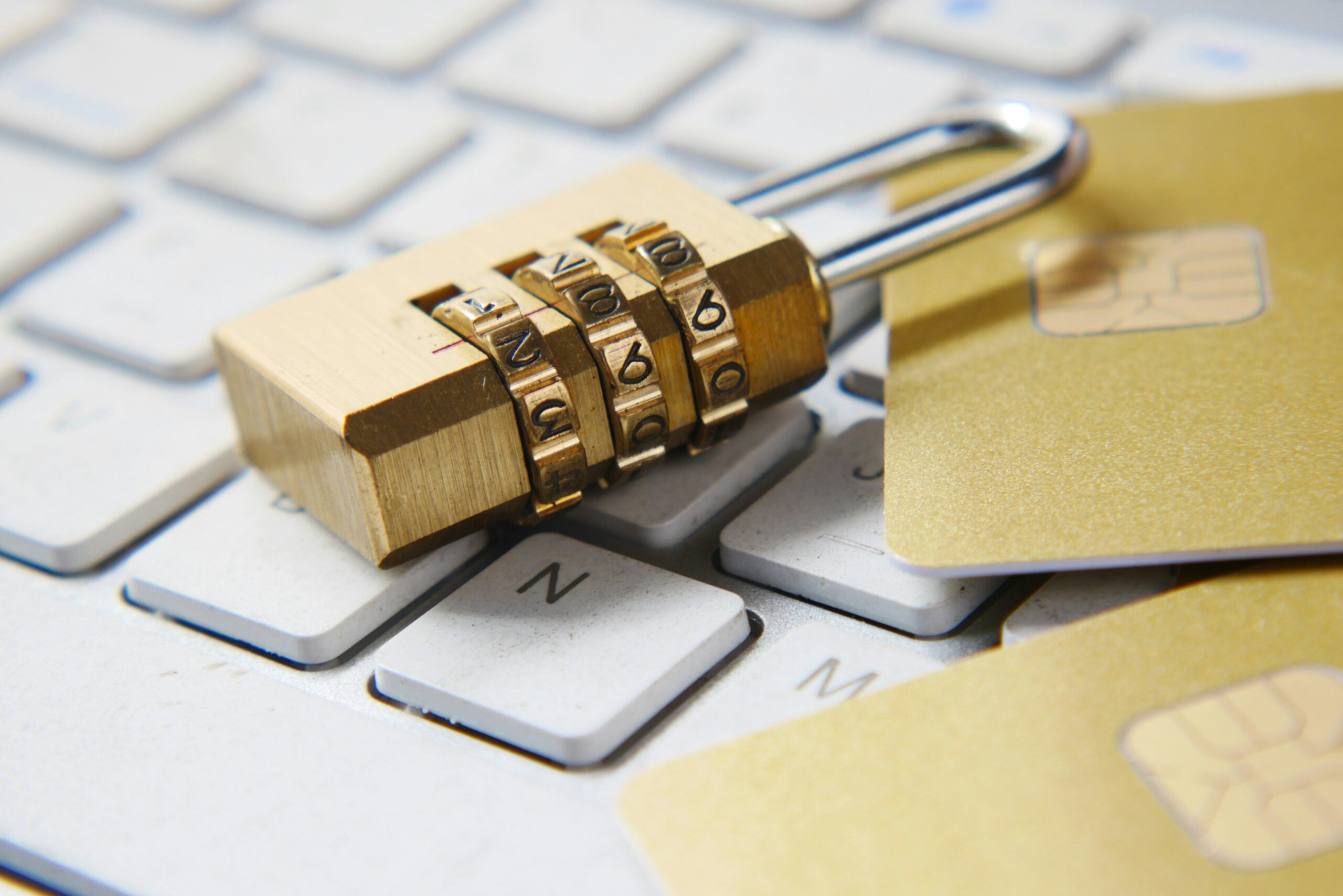Ever tried sharing a credit card with your partner, only for one of you to accidentally max it out on impulse buys? It happens more often than you think. Studies show that 40% of joint credit card users experience misunderstandings over spending limits. But what if there was a way to add an extra layer of control and accountability? Welcome to the world of Dual Authorization Security.
In this post, we’ll break down everything you need to know about Dual Authorization Security, how it works for joint credit cards, and why it’s becoming a game-changer in personal finance. You’ll learn:
- The basics of Dual Authorization Security.
- How to set it up for your joint credit card.
- Tips to maximize its benefits while avoiding common pitfalls.
Table of Contents
- Key Takeaways
- Why Dual Authorization Security Matters
- Steps to Set Up Dual Authorization Security
- Best Practices for Using Dual Authorization Security
- Real-World Case Studies
- Frequently Asked Questions (FAQs)
- Conclusion
Key Takeaways
- Dual Authorization Security adds an extra layer of protection by requiring both parties to approve transactions above a certain amount.
- It helps prevent overspending and financial miscommunication in joint credit card accounts.
- This feature is especially beneficial for couples or business partners managing shared finances.
Why Dual Authorization Security Matters
“Optimist You:” ‘Shared finances can be simple and seamless!’
“Grumpy You:” ‘Yeah, right. Unless someone forgets to check the balance before buying another pair of sneakers.’
I once had a friend—let’s call her Sarah—who racked up $2,000 in charges without telling her partner. Their joint credit card statement looked like a tsunami hit their bank account. Sound familiar?

Image: A couple reviewing their financial statements together.
Dual Authorization Security solves this issue by ensuring both parties must approve major purchases. No more surprises when bills arrive. For anyone navigating joint credit cards, Dual Authorization Security is basically chef’s kiss for financial harmony.
Steps to Set Up Dual Authorization Security
If you’re ready to take control of your shared expenses, here’s how to activate Dual Authorization Security:
Step 1: Check Your Card Provider’s Eligibility
Not all credit cards offer this feature, so confirm with your provider. Call customer service or visit their website under “account security features.” If they don’t have it, consider switching to a provider that does (e.g., Chase Sapphire Reserve).
Step 2: Enable Transaction Alerts
Set up real-time notifications for any purchase over X dollars. This ensures you’re always in the loop. Most banks let you customize alerts via text or email.
Step 3: Request Dual Auth Activation
Contact your issuer directly to enable Dual Authorization Security. They may guide you through additional verification steps, such as linking secondary phone numbers or biometric approvals.

Image: Flowchart showing the steps to enable Dual Authorization Security.
Step 4: Test the System
Make a small test transaction to ensure both parties receive approval requests. Fix any hiccups early on.
Best Practices for Using Dual Authorization Security
Tip #1: Set Reasonable Spending Thresholds
Avoid setting thresholds too low (like $50), which could get annoying fast. Aim for amounts like $200-$500 depending on your budget.
Tip #2: Communicate Regularly
Even with Dual Authorization Security, keep open communication channels about upcoming expenditures.
Terrible Tip Disclaimer:
“Ignore Notifications Because Who Has Time?” *Nope.* Ignoring alerts defeats the purpose entirely. Don’t do this unless you enjoy playing financial Russian roulette.
Rant Time:
Seriously, why do some people still share passwords instead of using secure tools?! It’s 2023—use technology already!
Real-World Case Studies
Case Study #1: The Smith Family Saves Big
The Smiths activated Dual Authorization Security on their joint credit card last year. Within six months, they reduced frivolous spending by 30%. “It forced us to discuss priorities,” said Mrs. Smith.
Case Study #2: Small Business Success
A freelance duo used Dual Authorization Security to manage client payments. By requiring mutual consent for withdrawals, they avoided accidental transfers and improved cash flow management.

Image: Graph displaying spending reduction after implementing Dual Authorization Security.
Frequently Asked Questions (FAQs)
Q1: Is Dual Authorization Security available internationally?
Yes, but availability depends on your issuer. Contact them for specifics.
Q2: Can I disable Dual Authorization later?
Absolutely. Just reach out to your provider to turn it off permanently or temporarily.
Q3: Will dual authorization slow down urgent purchases?
Only slightly. Most systems send instant approval requests, so delays should be minimal.
Q4: Is it worth the hassle?
Absolutely. Think of it as insurance against impulsive decisions.
Conclusion
Dual Authorization Security isn’t just a fancy buzzword—it’s a lifesaver for anyone sharing a credit card. By preventing overspending, fostering transparency, and protecting your finances, it ensures smoother collaboration between joint account holders. Whether you’re a couple building a future or business partners managing expenses, Dual Authorization Security has your back.
Remember, like a Tamagotchi from the early 2000s, your financial health needs daily care. So go ahead, set up Dual Authorization Security, and watch your shared finances thrive.
*Haiku Bonus:*
Secure every swipe,
Two keys unlock peace of mind,
Financial zen found.*


